Back to Courses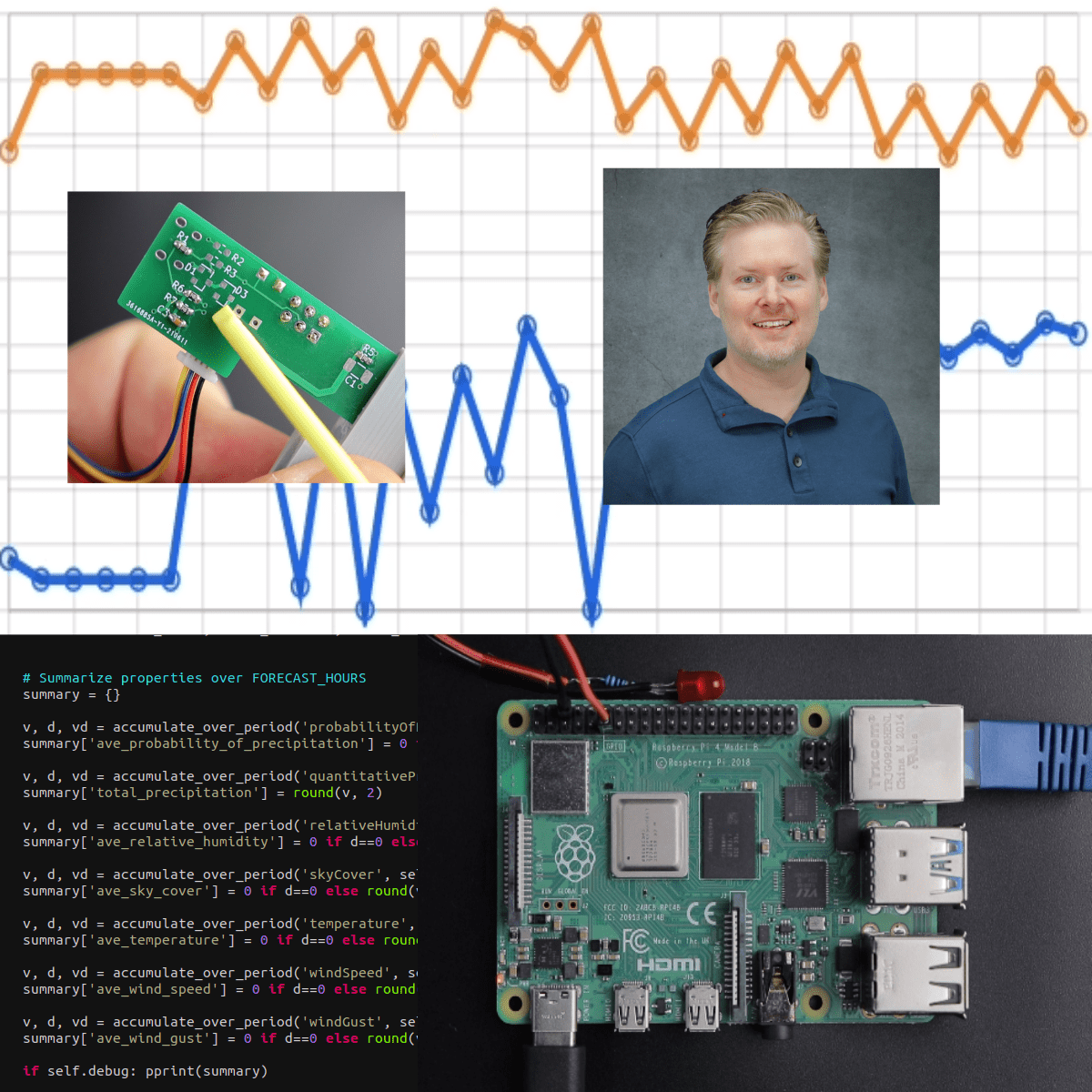

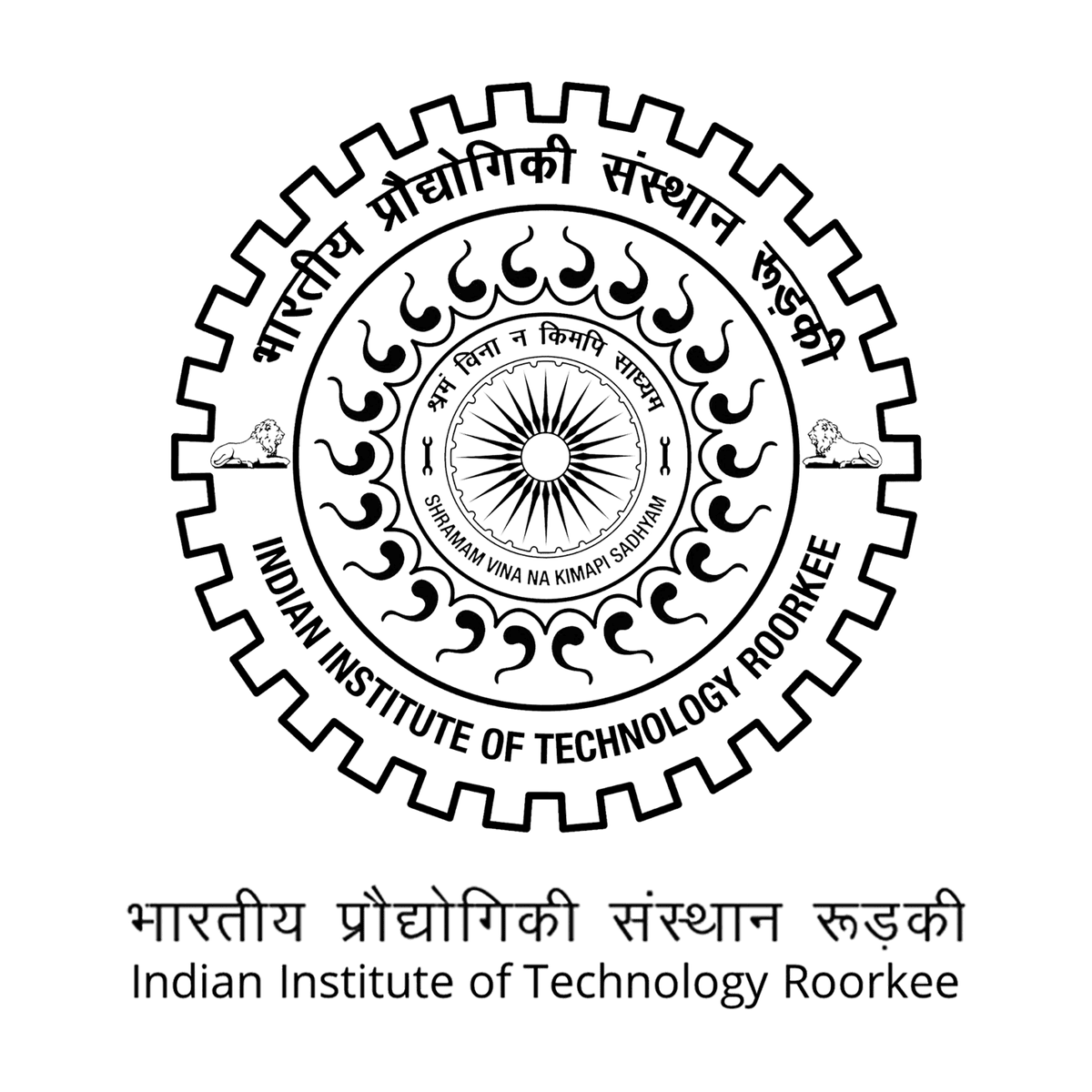
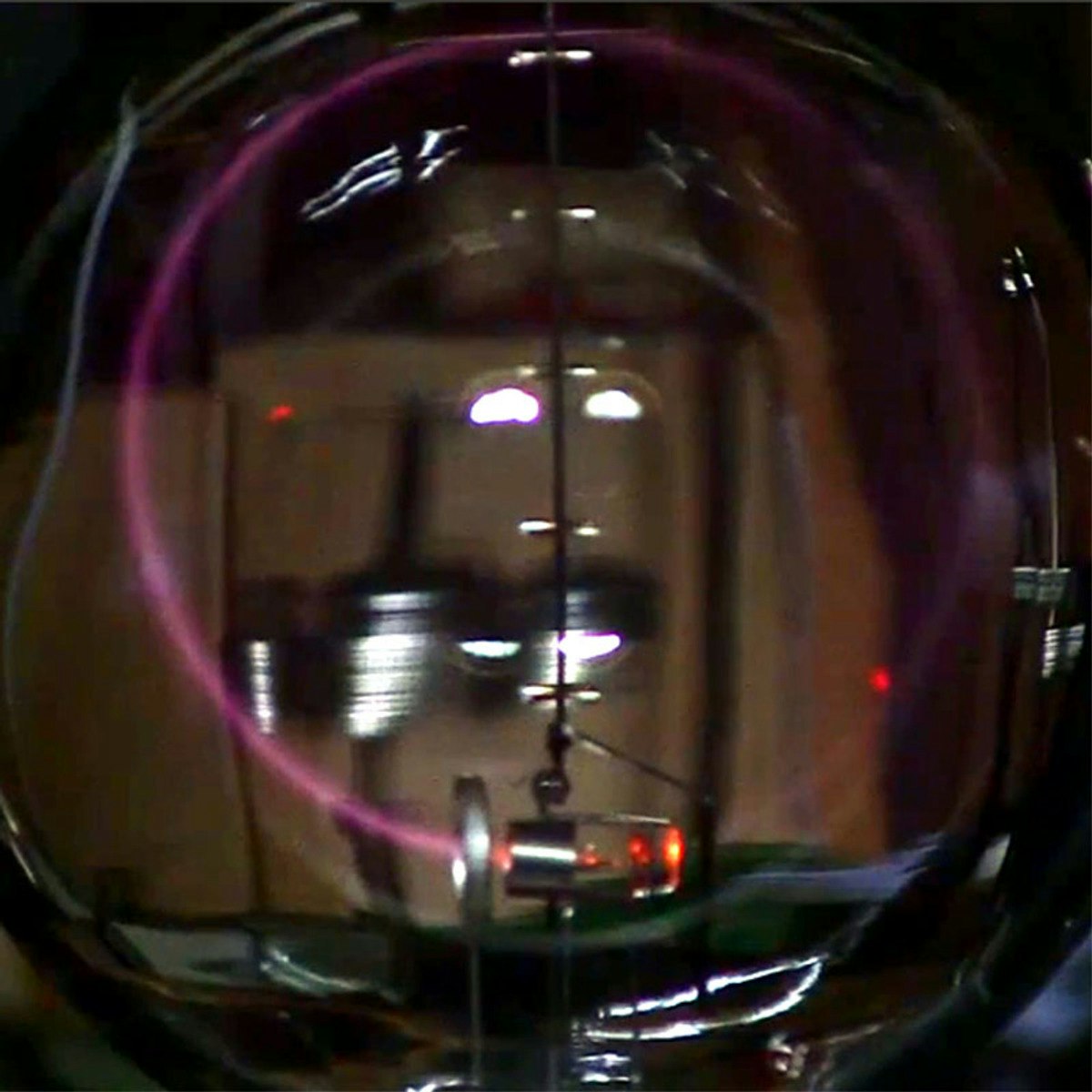

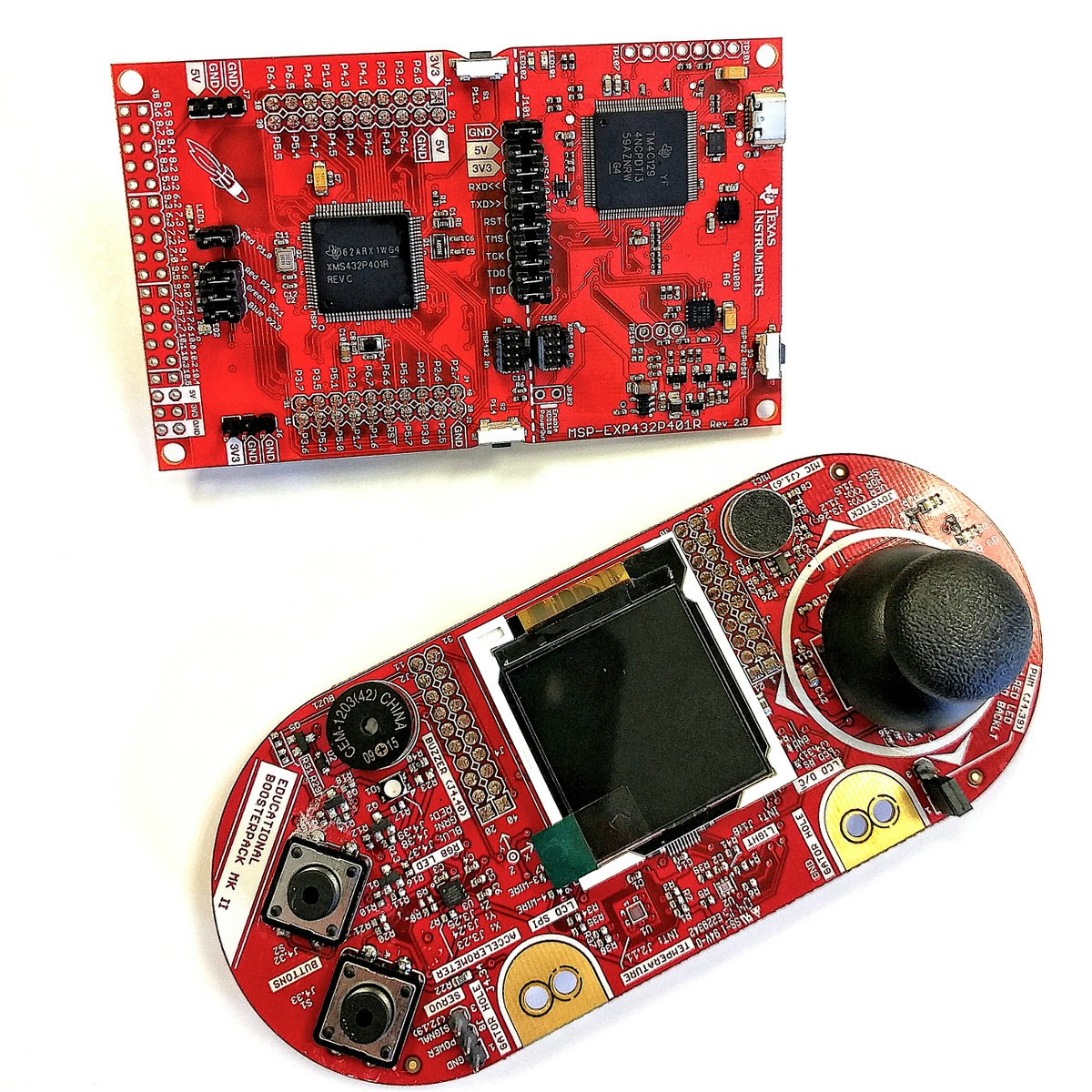

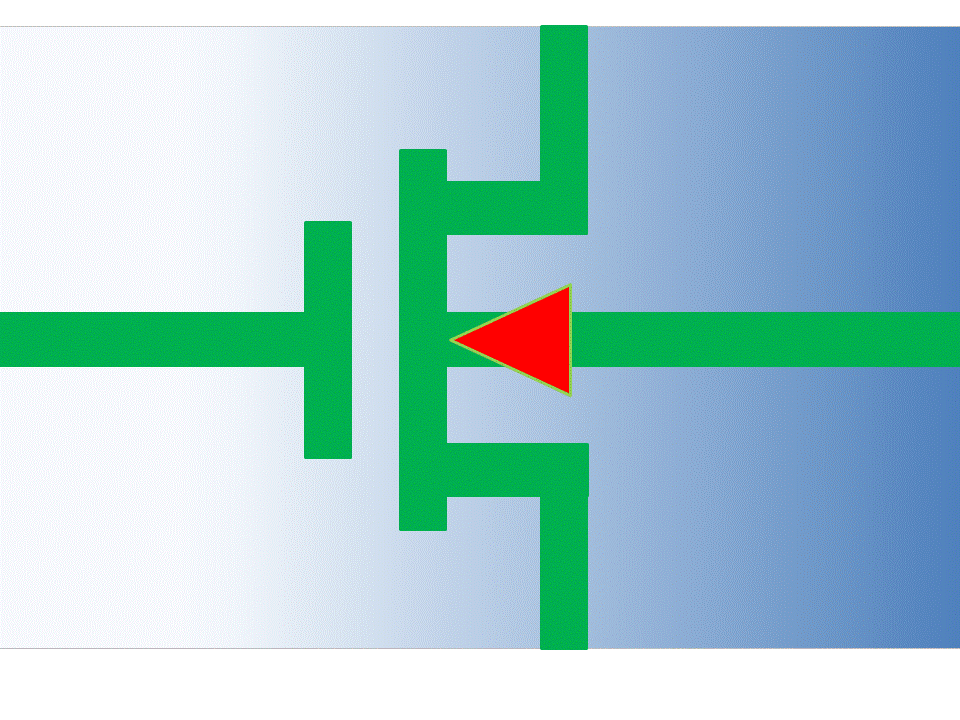
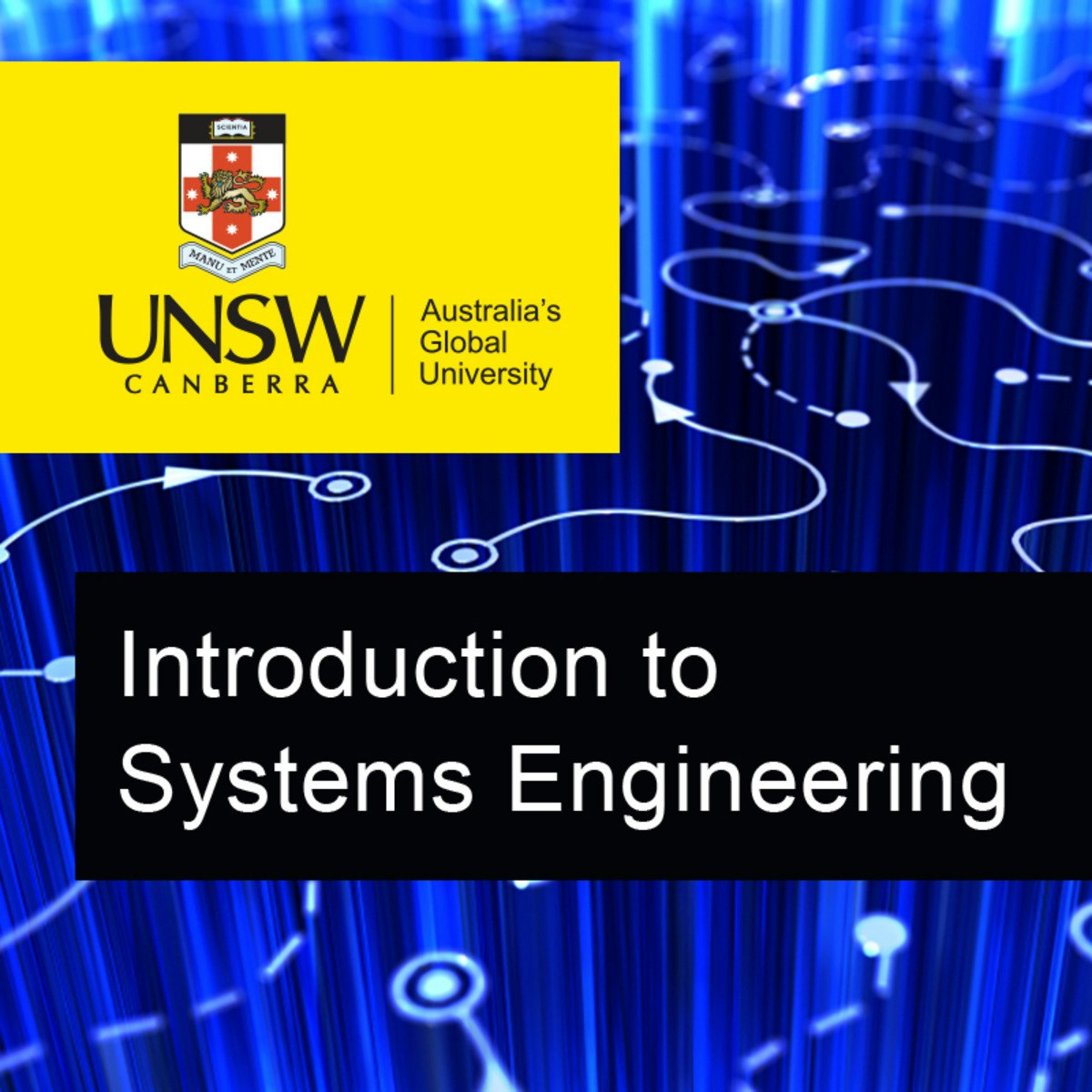

Electrical Engineering Courses - Page 9
Showing results 81-90 of 141

Using Sensors With Your Raspberry Pi
This course on integrating sensors with your Raspberry Pi is course 3 of a Coursera Specialization and can be taken separately or as part of the specialization. Although some material and explanations from the prior two courses are used, this course largely assumes no prior experience with sensors or data processing other than ideas about your own projects and an interest in building projects with sensors.
This course focuses on core concepts and techniques in designing and integrating any sensor, rather than overly specific examples to copy. This method allows you to use these concepts in your projects to build highly customized sensors for your applications.
Some of the ideas covered include calibrating sensors and the trade-offs between different mathematical methods of storing and applying calibration curves to your sensors. We also discuss accuracy, precision, and how to understand uncertainty in your measurements. We study methods of interfacing analog sensors with your Raspberry Pi (or other platform) with amplifiers and the theory and technique involved in reducing noise with spectral filters. Lastly, we borrow from the fields of data science, statistics, and digital signal processing, to post-process our data in Python.

Techniques of Design-Oriented Analysis
This course can also be taken for academic credit as ECEA 5706, part of CU Boulder’s Master of Science in Electrical Engineering degree.
This is Course #2 in the Modeling and Control of Power Electronics course sequence. The course is focused on techniques of design-oriented analysis that allow you to quickly gain insights into models of switching power converters and to translate these insights into practical converter designs. The design-oriented techniques covered are the Extra Element Theorem and the N-Extra Element Theorem (N-EET). Through practical examples, it is shown how the EET can be used to simplify circuit analysis, to examine the effects of initially unmodeled components, and to design damping of converters such as SEPIC and Cuk to achieve high-performance closed-loop controls. The N-EET will allow you to perform circuit analysis and to derive circuit responses with minimum algebra. Modeling and design examples are supported by design-oriented MATLAB script and Spice simulations. After completion of this course, the student will gain analytical skills applicable to the design of high-performance closed-loop controlled switching power converters.
We strongly recommend students complete the CU Boulder Power Electronics specialization as well as Course #1 Averaged-Switch Modeling and Simulation before enrolling in this course (the course numbers provided below are for students in the CU Boulder's MS-EE program):
● Introduction to Power Electronics (ECEA 5700)
● Converter Circuits (ECEA 5701)
● Converter Control (ECEA 5702)
● Averaged-Switch Modeling and Simulation (ECEA 5705)
After completing this course, you will be able to:
● Understand statement and derivation of the Extra Element Theorem
● Apply the Extra Element Theorem to converter analysis and design problems
● Understand the statement of the N-Extra Element Theorem
● Apply the N-Extra Element Theorem to converter analysis and design problems
● Apply techniques of design-oriented analysis to analysis, design, and simulations of switching converters

Foundations of Advanced Wireless Communication
This course focuses on advanced, yet essential concepts, techniques, and algorithms needed for understanding and designing modern wireless communication systems. You will begin this course by exploring the basics of wireless channels, followed by the need for multi-antenna systems. You will further learn about the two seminal multi-antenna technologies: MIMO and massive MIMO. The first is the basis for 4G systems, and the second is the same for 5G systems. You will also learn the multiple access techniques like orthogonal frequency division multiplexing (OFDM) and non-orthogonal multiple access (NOMA) and the basics of mmWave communications .

Physics 102 - Magnetic Fields and Faraday's Law
This course serves as an introduction to the physics of electricity and magnetism. Upon completion, learners will have an understanding of how the forces between electric charges are described by fields, and how these fields are related to electrical circuits. They will gain experience in solving physics problems with tools such as graphical analysis, algebra, vector analysis, and calculus. The course follows the typical progression of topics of a first-semester university physics course: charges, electric forces, electric fields potential, magnetic fields, currents, magnetic moments, electromagnetic induction, and circuits. Each module contains reading links to a free textbook, complete video lectures, conceptual quizzes, and a set of homework problems. Once the modules are completed, the course ends with an exam. This comprehensive course series is similar in detail and rigor to what is taught on-campus. It will thoroughly prepare learners for their upcoming introductory physics courses, or more advanced courses in physics.

Solar Energy and Electrical System Design
This course supplies learners with the insights necessary for properly planning, and therefore successfully installing, a photovoltaic (PV) system per design specifications. It directs learners through the important steps of initial site inspection and evaluating appropriate locations for PV systems, and features unique elements of residential, small, industrial and utility-scale solar applications. The course probes key design concerns – including load, efficiency, and mechanical and electrical design – as well as aesthetics and tools for planning. Learners experiment with calculations needed to design a PV system, exercising newly gained knowledge about site selection, layout, code compliance, system components, and wire sizing.
This course is targeted for engineers who have interest in entering the solar power sectors. It is also appropriate for HVAC installers, architects and building code inspectors. Learners should have a basic grasp of electrical engineering, physics and mathematical concepts. Those who are unfamiliar with how PV works, the elements of a PV system, and/or solar power ROI should take the first course of the specialization, Solar Energy Systems Overview.
Material includes online lectures, videos, demos, hands-on exercises, project work, readings and discussions. This is the second course in the Solar PV for Engineers, Architects and Code Inspectors specialization. To learn more about the specialization, check out a video overview at https://youtu.be/XjkKzbXqA6s.

Embedded Software and Hardware Architecture
Embedded Software and Hardware Architecture is a first dive into understanding embedded architectures and writing software to manipulate this hardware. You will gain experience writing low-level firmware to directly interface hardware with highly efficient, readable and portable design practices. We will now transition from the Host Linux Machine where we built and ran code in a simulated environment to an Integrated Development Environment where you will build and install code directly on your ARM Cortex-M4 Microcontroller. Course assignments include writing firmware to interact and configure both the underlying ARM architecture and the MSP432 microcontroller platform. The course concludes with a project where you will develop a circular buffer data structure.
In this course you will need the Texas Instruments LaunchPad with the MSP432 microcontroller in order to complete the assignments. Later courses of the Specialization will continue to use this hardware tool to develop even more exciting firmware.

Sensors and Sensor Circuit Design
This course can also be taken for academic credit as ECEA 5340, part of CU Boulder’s Master of Science in Electrical Engineering degree.
After taking this course, you will be able to:
● Understand how to specify the proper thermal, flow, or rotary sensor for taking real-time process data.
● Implement thermal sensors into an embedded system in both hardware and software.
● Add the sensor and sensor interface into a microprocessor based development kit.
● Create hardware and firmware to process sensor signals and feed data to a microprocessor for further evaluation.
● Study sensor signal noise and apply proper hardware techniques to reduce it to acceptable levels.
You will need to buy the following components to do the two course projects based on the videos in this module. Note that if you have already purchased the PSOC 5LP PROTOTYPING KIT, you do not need to buy it again.
These parts may be purchased off the Digikey web site, www. Digikey.com. Or, you may obtain the specs from the site, and purchase them elsewhere.
These are the part numbers typed out, so you can copy and paste them into the Digikey web site. You will need one of each part.
428-3390-ND
NHD-0216BZ-RN-YBW-ND
570-1229-ND
A105970CT-ND
Additional equipment needed:
• Wire - various gauges and lengths
• Breadboard
• Oscilloscope – suggested models are:
o PICOSCOPE 2204A-D2 available on www.digikey.com or
o Digilent 410-324 | OpenScope MZ available on www.newark.com
Depending on your budget, you can also investigate these models:
o Hantek HT6022BE20MHz - https://www.amazon.com/dp/B009H4AYII
o SainSmart DSO212 - https://www.amazon.com/dp/B074QBQNB7
o PoScope Mega50 USB - https://www.robotshop.com/en/poscope-mega50-usb-mso-oscilloscope.html
o ADALM2000 - https://www.digikey.com/en/products/detail/analog-devices-inc./ADALM2000/7019661

MOS Transistors
PLEASE NOTE: This version of the course has been formed from an earlier version, which was actively run by the instructor and his teaching assistants. Some of what is mentioned in the video lectures and the accompanying material regarding logistics, book availability and method of grading may no longer be relevant to the present version. Neither the instructor nor the original teaching assistants are running this version of the course. There will be no certificate offered for this course.
Learn how MOS transistors work, and how to model them. The understanding provided in this course is essential not only for device modelers, but also for designers of high-performance circuits.

Introduction to Systems Engineering
"Introduction to Systems Engineering" uses a structured yet flexible approach to provide a holistic, solid foundation to the successful development of complicated systems.
The course takes you step by step through the system life cycle, from design to development, production and management. You will learn how the different components of a system interrelate, and how each contributes to a project’s goals and success.
The discipline’s terminology, which can so often confuse the newcomer, is presented in an easily digestible form. Weekly video lectures introduce and synthesise key concepts, which are then reinforced with quizzes and practical exercises to help you measure your learning.
This course welcomes anyone who wants to find out how complex systems can be developed and implemented successfully. It is relevant to anyone in project management, engineering, QA, logistic support, operations, management, maintenance and other work areas. No specific background is required, and we welcome learners with all levels of interest and experience.

Introduction to TCP/IP
You use the Internet through your PC (Personal Computer), laptop, tablet, smartpad, and smartphone every day in everything you do. Through your own PC/laptop, you can easily learn everything about the Internet, and that is what this course is focused on. In this course ‘Introduction to TCP/IP,’ you will learn the operational functions of Internet technologies (which include IPv4, IPv6, TCP, UDP, addressing, routing, domain names, etc.) and your PC/laptop's security and gateway Internet setup and basic principles. In addition, through a simple Wireshark experiment, you will see the TCP/IP packets and security systems in action that are serving your PC/laptop, that serves you.
Popular Internships and Jobs by Categories
Find Jobs & Internships
Browse
© 2024 BoostGrad | All rights reserved